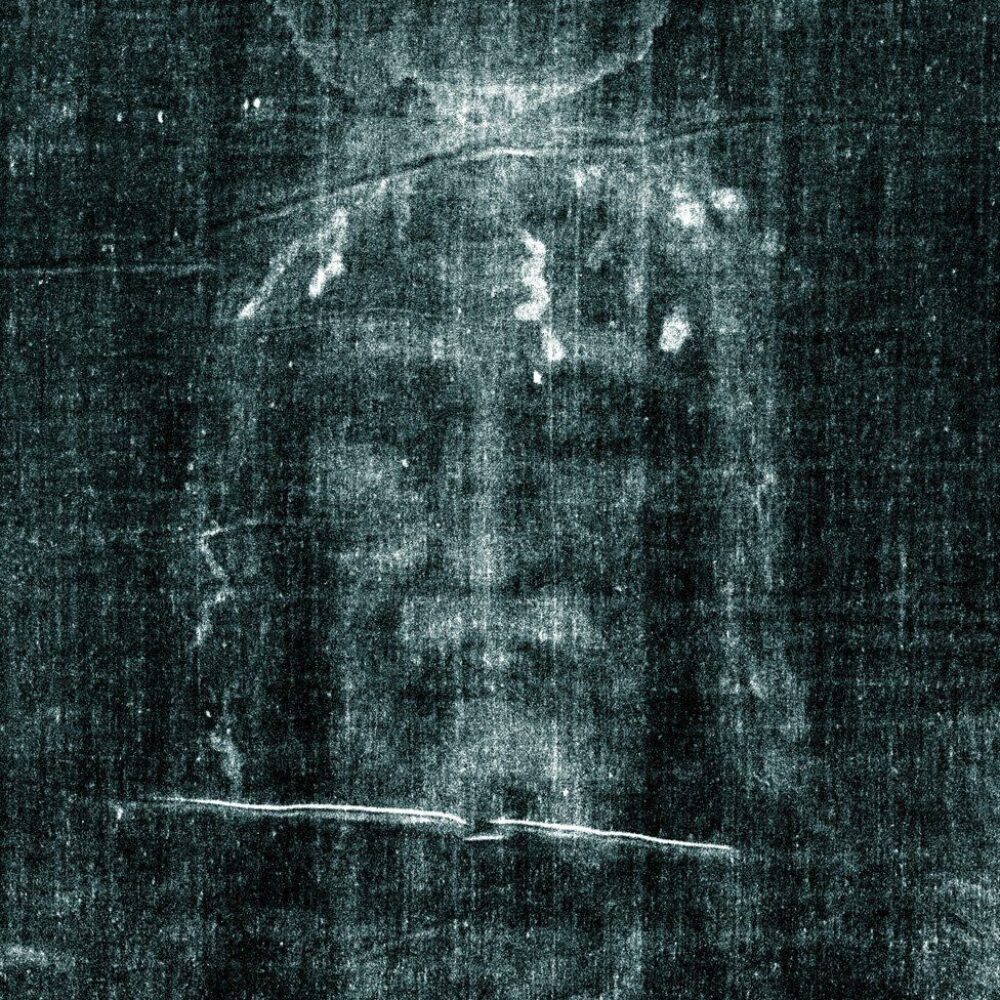
Fr. Jose Luis Saldanha
Ordained 17th Nov. 1973
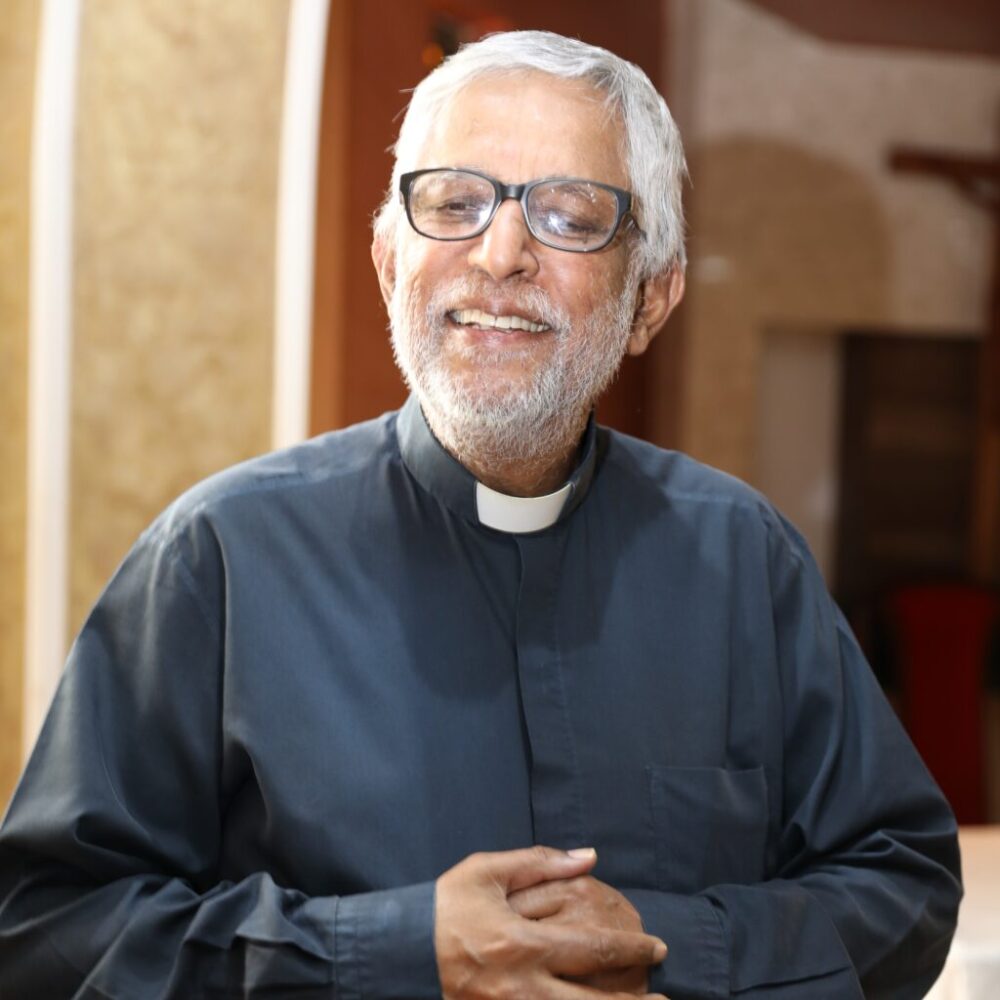
About Father Jose Luis Saldanha
By Alyssa Shamshudin (Kenya)
Blind Priest with a Vision
By Daniela Oliveira (UK)
Father Luis’ Inspiring Story
By Jake (grand nephew AUS)
A Classmate Destined for Sainthood
By Norman Da Costa (CAN)
About Fr. Saldanha A short biography
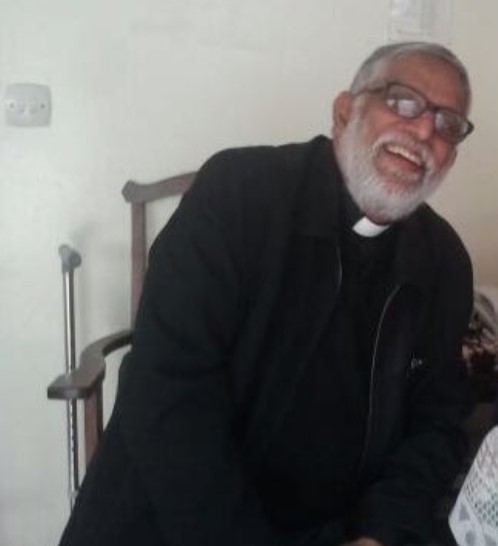
Father Jose Luis Saldanha, born on 1st February 1947 in Ngara, Nairobi, Kenya, was the youngest child of Caetano Jose Saldanha and Ana Clarina (Melita) Saldanha nee D’Souza.
He attended Dr. Ribeiro Goan School, Nairobi, for his primary and secondary education from 1953 to 1963.
After a brief period working as a clerk in the Accounts Department at Stansand Limited in Nairobi, he pursued his Masters in Philosophy and Theology at the Pontifical Urban University in Rome, Italy, from 1965 to 1973.
On November 17th, 1973, he was ordained as a priest for the Archdiocese of Nairobi by Servant of God, the late Maurice Michael Cardinal Otunga, at the Holy Family Minor Basilica, Nairobi. He celebrated his First Mass the next day at his parish, the Consolata Shrine, Westlands, Nairobi.
Father Saldanha’s pastoral work led him to serve in various parishes, including Riruta, Tigio, Mangu, Kiriko and Kagwe.
He furthered his studies at the Pontificio Instituto Biblicum in Rome, specializing in Sacred Scripture. He spent one semester attached to the Hebrew University in Jerusalem, Israel.
On returning to Kenya Father Saldanha served as Chaplain in Kenyatta University and then was appointed Secretary/Procurator to the Archdiocese of Nairobi.
Throughout his career, Father Saldanha contributed significantly to education, serving as a lecturer in Scripture and Spirituality at Saint Thomas Major Seminary, Langata, and teaching Hebrew and Greek at the Catholic Higher Institute of Eastern Africa (CHIEA – now Catholic University of Eastern Africa – CUEA). His commitment extended beyond education, as he directed the Nairobi Archdiocese Refugee Assistance Programme (NARAP) from 1992 to 1994.
Father Saldanha’s most recent pastoral work was as Assistant at the Queen of Apostles Parish, Ruaraka, before his appointment to the Domus Clericorum (clergy Home), Ruaraka, where he is now resident.
All through the years, and this in spite of his other pastoral and academic responsibilities, Father Saldanha availed himself to the strong Goan community being present at Feasts, funerals and visitation of the elderly.
His unwavering dedication and service have left a profound impact on the lives of those he has touched throughout his five decades of service to the Catholic Church.
Blind priest with a vision Saturday, September 05, 2015 — updated on July 05, 2020
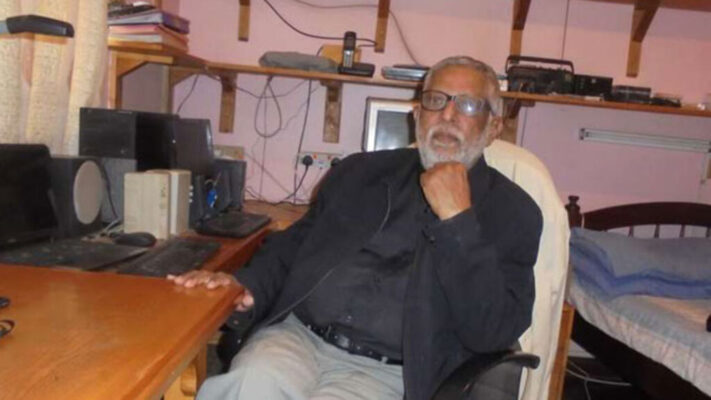
The following article appeared in the Lifestyle magazine in the Nation Newspaper.
What you need to know:
The father of Father Saldanha was born in Kisumu, Kenya in 1911 but spent his early childhood in the Indian state of Goa (in the village of Saligao).
He married in Goa and then came to Kenya with his bride in 1940 to settle and start a family.
The priest is the youngest of three siblings: the eldest, Leandro Jose, was a pilot with Kenya Airways and is now retired with his family in Toronto, Canada; the second born, Lucinda, is now a retired teacher living with her family in Sydney, Australia.
Father Luis Saldanha was not born blind. Neither was he blind in his childhood.
In fact, he could see quite well by the time he says he heard his calling to be a Catholic priest at the age of 12 to “proclaim good news to the poor”.
However, a degenerative disease robbed him of his sight — but it never diminished his passion. Instead, Father Saldanha, 68, has become something of a miracle, especially as he carries out his religious duties. He strides about with great confidence in the Sanctuary and, when he speaks, there is not a tinge of self-doubt. It is as though he can see everyone in the church. It would take a lot of convincing for a newcomer to agree Father Luis is completely blind.
“I have a hereditary eye condition called “retinitis pigmentosa,” where cells in the retina gradually die for lack of a protein. Though for long I knew of my condition, it only gradually affected my ability to see — I was still driving in 1989,” he says, adding that his condition became worse as the years passed.
This has been the story of Father Saldanha’s life as a priest for the past 42 years. In November 2013, he received many congratulatory messages as he celebrated the landmark 40 years in priesthood.
“Ever since I was 12 years, I knew that to be a Priest was my calling. I even wrote a story about my desire to become a priest when I was in Standard 7!” he told Lifestyle.
“Basically, looking back, I feel that as a priest I answer a call from Jesus to be Him in this world and to lead His precious people to the gates of Heaven, providing help through sacraments.”
Father Saldanha was born Jose Luis Saldanha on February 1, 1947, in Ngara, Nairobi. At the time, Goans were treated by British colonialists as second-class citizens.
It was at the height of racial discrimination. Whites and Goans were not allowed to mix. Many Goans were in administrative jobs, mostly clerks. Some of them, most notably Pio Gama Pinto — who was later assassinated in 1965 — were involved in the struggle for Kenya’s independence.
Father Saldanha studied at Dr. Ribeiro Goan School (now Parklands School) and completed his Form IV in 1963.
Before he joined the seminary in Rome, Italy, he worked as an accountant at two companies in Nairobi, first a coffee and tea exporting business, and then an insurance company.
When he returned from Rome, after having obtained Masters in both Philosophy and theology, he was ordained on November 17, 1973 by Maurice Michael Cardinal Otunga.
Father Saldanha obtained a Licentiate in Biblical Studies at the Pontificio Instituto Biblicum. In Rome, Italy, and the Hebrew University in Jerusalem, Israel.
After graduation, he taught scripture at St Thomas Aquinas Seminary in Nairobi’s Lang’ata and, for many years, he was a chaplain at Kenyatta University.
He was later appointed secretary and procurator of the Archdiocese of Nairobi.
Father Saldanha says his motivation has always been to help the less fortunate. For example, in 1984 when famine struck Rwanda, South Sudan, Uganda and Ethiopian, Father Saldanha, then a diocesan priest, spent most of his time managing a refugee programme after which he served in various parish appointments at churches in Nairobi.
How has he accomplished all this with failing eyesight? “Technology” is the one word he fuses with “faith” and “determination” to explain his amazing success. Though he needs an assistant and a driver to find his way around town, he is stubbornly independent.
This is How It Works
Father Saldanha can type on a keyboard to communicate through e-mail and prepare lesson notes and sermons on a computer with the aid of a screen reader (software that allows blind or visually impaired users to read text displayed on a computer screen, aided by a speech synthesiser or braille display).
“A digital recorder helps me to celebrate Mass and read the Gospel,” he says.
To show how it works, he removes a small metal object from a pocket inside his crisp black blazer. Then he untangles the headphones and presses the play button effortlessly.
His distinctive voice is heard in the recording as he recites the gospel and the prayers.
“I record this the day before I celebrate Mass,” he says. “I record it in parts so that I can press fast forward and pause because, as you know, the mass follows an order”.
The trick is to repeat what is said in the recording as it plays in my ear, which is no mean task.
“Though I am blind, this has never stopped me from my vocation and I am truly lucky to have access to such technology — screen readers, touch screen mobile phones with voice recognition, and so on,” he says.
Yes! Father Saldanha uses a mobile phone. Again, he reaches into his blazer pocket and retrieves a smart phone.
“This is how I communicate — try calling me and see what happens,” he tells this writer.
Moments later, as the call connects, a robotic voice recites: “Daniela Oliveira calling, voice call”.
And that is not all! Father Saldanha says he tries his best to use as many applications on the phone as he can.
“I use Viber and WhatsApp, although I am still getting used to this new gadget,” he says, singling out the popular messaging applications.
As he slides his fingers across the touch screen of one of the phones, another robotic voice helps him navigate between the pages and the applications he touches. This, he says, is “how I text you or call you”. To write a message, he dictates words to his phone, which converts them into text.
Father Saldanha is efficient with technology and he looks to the day when he will be able to use GPS (Global Positioning System) “to help me walk around without any help”.
Does he use braille? “Yes! I do, but I am still a bit slow at it to derive the same joy as I do when using other means of communication,” he says.
For a while in the 1980s, he served as Cardinal Otunga’s secretary and has fond memories of the great man who is on the road to sainthood, saying the Cardinal not only cared for the flock but also for his priests like a Father. The cardinal died in 2003.
“One thing most people know him for is kindness. He was so kind and caring to all he met. Every time people would kiss his hand after shaking it as a sign of respect he would say, ‘why are you kissing my hand, for I am just a common man like you, not a saint!’” Father Saldanha recalls.
He explains that the cardinal would go out of his way to visit people of other denominations and religions, like Hindus and Muslims.
He says: “If only he knew that he was going to become a modern-day saint in the 20th century!”
Father Saldanha also says he met Pope John Paul II many times while studying in Rome, and Mother Teresa, who famously devoted her life to the destitute.
“They were kind-hearted. Meeting them was truly one of the great gifts I have received working as a priest,” he says.
Father Saldanha lives in Ruaraka and is often called to celebrate mass at various churches in Nairobi Archdiocese.
He has seen many changes unfold in the country over the years. And though he remembers with immense sadness the deadly violence of the 1982 coup he is happy about the changes he hears in the present time.
“Kenya has come a long way. People used to be poor and the middle class was very small. Now the middle class has grown and a lot of the population identifies with this group. In the past, things were different; people were able to live comfortably with a few thousand shillings, but now the cost of living has certainly gone up,” he says.
He also marvels at how technology has evolved over the years. “In the past, there were only a few TV and radio stations. But now I switch on the radio and I can listen to nearly 30 FM stations ,” he says with excitement, adding that there is a lot more freedom of speech, and people are able to voice their opinion on various matters without fear.
He says he has never doubted his calling to be a priest, because his blindness gives him a chance to identify with the weak and the suffering.
He also says his impaired eyesight has given him an opportunity to put into action what is preached in the Bible and to imitate the Master by reaching out to those in need. Loss of sight, he says, never robbed him of his vision to serve.
Special correspondent Daniela Oliveira, a student at USIU-Africa majoring in International Relations and Finance, is a correspondent for the ‘Contact Chaplaincy’ in the UK.
Article source: https://nation.africa/kenya/life-and-style/lifestyle/blind-priest-with-a-vision–1125650
Fr. Luis’ Inspiring Story By Jake (grand nephew Australia)
“I will strive to imitate his resilience, determination, courage, and perseverance.”
Kenya is located on the East coast of Africa and has a population of over 53 million. Its capital is Nairobi. It is in this city that I have a very close connection to Father Luis Saldanha. We have never met in person, yet I know him very well as he is my maternal great uncle. We talk frequently via phone calls, text messages and emails.
Father Luis had a dream to become a priest from the age of 12. He was schooled in Nairobi (he loved hockey and played the violin) and later went to Rome to pursue his vocation. He achieved this dream when he was ordained at the age of 26. He knew he had found his true calling – something we all wish we could find. He thoroughly enjoyed his work for 20 years, giving help, comfort and guidance to those less fortunate.
His travels were extensive: the US, Europe, India and Israel. Father Luis also met Pope John Paul the Second on several occasions and also had the privilege to meet with Mother Teresa. So it was a busy and meaningful life. However, in his early forties he suffered an extraordinary difficulty which should have defeated him. How did he manage to get through this period of uncertainty?
Let me share with you his inspiring story.
The devastating news that Father Luis received was that he was suffering from a hereditary eye condition which would eventuate in the loss of his sight. Of course he was shocked at this diagnosis. How would this impact his life as a priest? How could he help others if he was bereft of sight? In my interview with him, I posed these questions. Father Luis’ response was he was faced with the choice of either to descend into self-pity as he had lost his dream and purpose, or he could begin to thoughtfully plan how he would not let his encroaching blindness impact his vocation. He decided to pursue the latter as he did not want to abandon his calling.
Father Luis’ courageous example has helped me understand the myriad challenges that confront a blind person. He has insightfully explained to me how at first, he handled his affliction. First, he underwent rigorous training provided for blind people, such as using a cane and learning braille. So, as you can see, he immediately was determined to maintain mobility and literacy. I think he gained strength from the motivation to continue helping others – even in the midst of darkness.
He became adept at using a digital recorder to record masses and homilies, so he could perform his sacred duties. Also, Father Luis has a digital reminder to take notes and a screen reader on his laptop, which speaks to him what appears on the screen. Equally remarkable is how he now strides about his parish, guided by his cane. Here is Father Luis, inspite of his blindness, going about his daily work and in his voice, you will not hear a tinge of self-doubt, regret or bitterness. His example is courage personified.
I learnt a number of important life lessons. These include the power of persisting through difficulties and never relinquishing your dreams. These principles guided Father Luis through a very difficult and challenging period in his life. He never gave up, worked hard, defied the odds and overcame his unexpected adversity. He continued his work with even more passion. I want to apply his example to help me in my life, because I know in the future I will face many difficult challenges. Though hopefully they will not be of the magnitude Father Luis has experienced.
I will strive to imitate his resilience, determination, courage, and perseverance.
Loss of his sight never robbed Father Luis of his vision to serve. He is truly a blind priest with a vision.
By Jake, 2023
Jake is Father Luis’ grandnephew from Sydney, Australia. At school he was tasked to write about a person who was connected to him. He chose to write about Father Luis’ inspiring story.
A Classmate Destined for Sainthood By Norman Da Costa
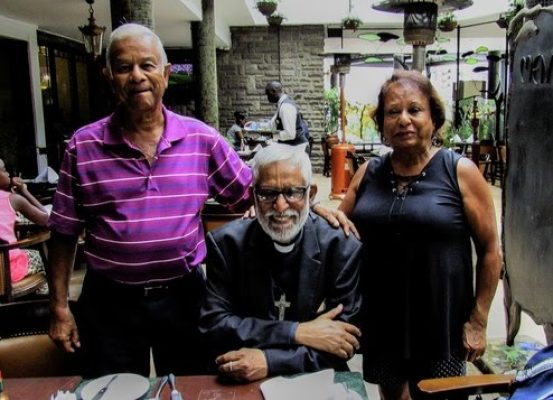
I have known Luis Saldanha for many years. Despite excelling academically as evidenced by his hold on first place in any class he was down to earth. He was no saint in class. He got up to pranks, but not as bad or as often as some of us (no names mentioned). Consequently, he missed out on periodic visits to the principal’s office occupied over the years by Father Comerford, Father Mckay and Neves Pereira. The rest of us did so on a regular basis to be whacked where the sun never shines. Fr. Comerford was by far the worst of the three as his whacks stung. Luis’s interaction with the head honchos were limited to receiving some award or other – and there were numerous.
Apart from excelling in class, Luis also happened to be a superb half back for our school’s field hockey team that in 1963 advanced to the final of the Nairobi schools’ competition only to lose to Duke of Gloucester. He was a thinking man’s player looking to exploit the opposition with defence-splitting passes and timely tackles.
After graduating from Dr. Ribeiro Goan School in 1963 Luis was one of the few classmates who kept in touch on a regular basis after returning from Rome. He would come down to the Daily Nation offices at least once or twice a month along with Edward Moniz. My Daily Nation workmate and classmate, Polly Fernandes, would join us for coffee and samosas across the street at Keby’s, a well-known Nairobi eatery. The plates were always wiped clean as Polly made sure there was nothing left behind. May Polly rest in eternal peace.
Even though we parted ways in 1976 when Delfine and I, also a classmate of Luis’s, immigrated to Canada, Luis was a phone length away. I know that he also rings several other classmates and friends. We can always expect a call from him on our birthdays and on our wedding anniversary.
In an excellent in-depth piece on Luis by Daniela Oliviera of Contact Chaplaincy in London she mentioned that he wanted to become a priest at the age of 12 and that was something he never revealed to us.
But our entire class, the school and every Goan and Kenyan is proud of what Luis has accomplished as a person who is legally blind. But this is typical of the Luis we know. Nothing will stop him from achieving the goals he sets his sights on. He says his impaired eyesight has not robbed him of his vision to serve and we believe him.
Fr. Luis become the first Catholic priest to acquire a degree in scriptures from the Biblical Institute and the Hebrew Institute of Jerusalem. He was a chaplain at Kenya University and later appointed Secretary and Procurator of the archdiocese of Nairobi. He has a string of other achievements all this with a failing eyesight. But that’s Luis. No hurdle is too high to climb.
Delfine and I had the pleasure of meeting Luis at the iconic New Stanley Hotel when we travelled to Nairobi in 2018. We reminisced about our school days and enjoyed a few laughs.
As you all know Luis was ordained by Maurice Cardinal Otunga on Nov. 17, 1973 and this year he completes his 50th year as a priest. Congratulations to Luis who is still in high demand to say masses across Nairobi, and he wows the congregations with his powerful oratory. Luis hasn’t allowed his lack of vision to set him back. On the contrary Luis strides ahead with confidence and with what he has achieved many Kenyans feel that our classmate is destined for sainthood.